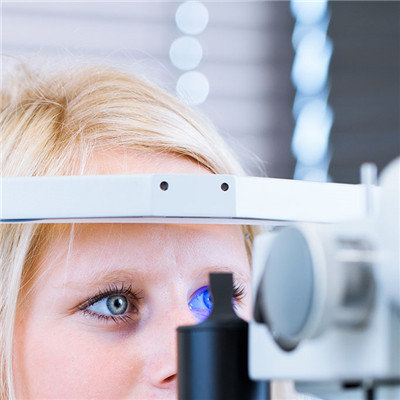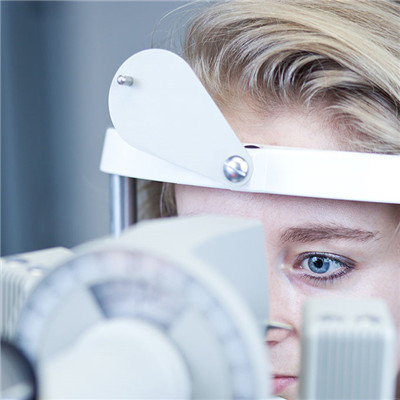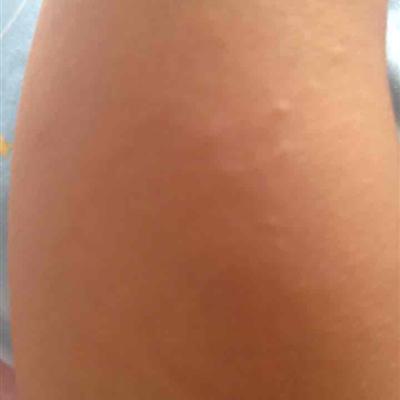Symptoms of optic atrophy
summary
Optic atrophy refers to any disease caused by retinal ganglion cells and their axons pathological changes, resulting in all the optic nerve thinning of a morphological change, generally occurs in the retina to the lateral geniculate body between ganglion cells axonal degeneration. Optic atrophy is the final result of optic neuropathy, which is characterized by degeneration and disappearance of optic nerve fibers, conduction dysfunction, visual field changes, visual acuity decline and loss. It is generally divided into primary and secondary. Fundus examination showed that the color of optic papilla was light yellow or pale white, the boundary was fuzzy, the physiological depression disappeared, and the blood vessels became thin. Symptoms of optic atrophy? Let's talk about it
Symptoms of optic atrophy
The main manifestations were decreased vision and gray or pale optic disc. When the nerve fiber layer around the optic disc is damaged, there may be crevicular or wedge-shaped defects. The former becomes black, which means the retinal pigment layer is exposed; The latter is red, which is choroidal exposure.

If the lesion occurs in the superior and inferior marginal areas of the optic disc, it is easier to identify, because the nerve fiber layer in this area is particularly thickened. If the lesion is far away from the optic disc area, it is not easy to detect because the nerve fiber in these areas becomes thinner. Focal atrophy around the optic disc often indicates the lesion of nerve fiber layer, which is caused by the thinning of nerve fiber layer in this area.

Although it can be found by common ophthalmoscopy, it is easier to check by non red light ophthalmoscope and fundus photography. There are usually 9-10 small vessels in the optic disc. If the optic nerve atrophies, the number of these small vessels will decrease. At the same time, thinning, stenosis and occlusion of retinal artery were also seen.

matters needing attention
Once the optic nerve atrophy, it is almost impossible to recover, but it is completely possible for the residual nerve fibers to recover or maintain their function. Therefore, patients should be full of confidence and adhere to treatment. Commonly used drugs include neurotrophic drugs such as vitamin B1, B12, ATP and coenzyme A, vasodilators and blood activating and stasis resolving drugs such as nicotinic acid, Dibazol, vitamin E, Venoruton, compound salvia miltiorrhiza, etc. In recent years, some effects have been achieved through hyperbaric oxygen, external counterpulsation and acupoint injection of 654-2.












